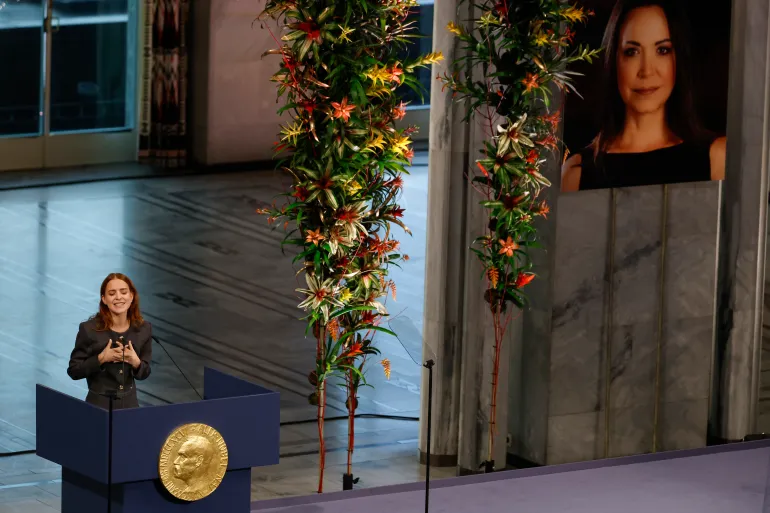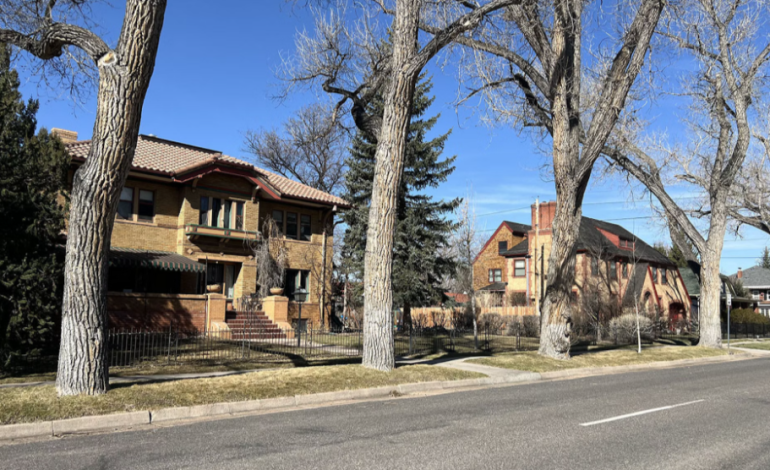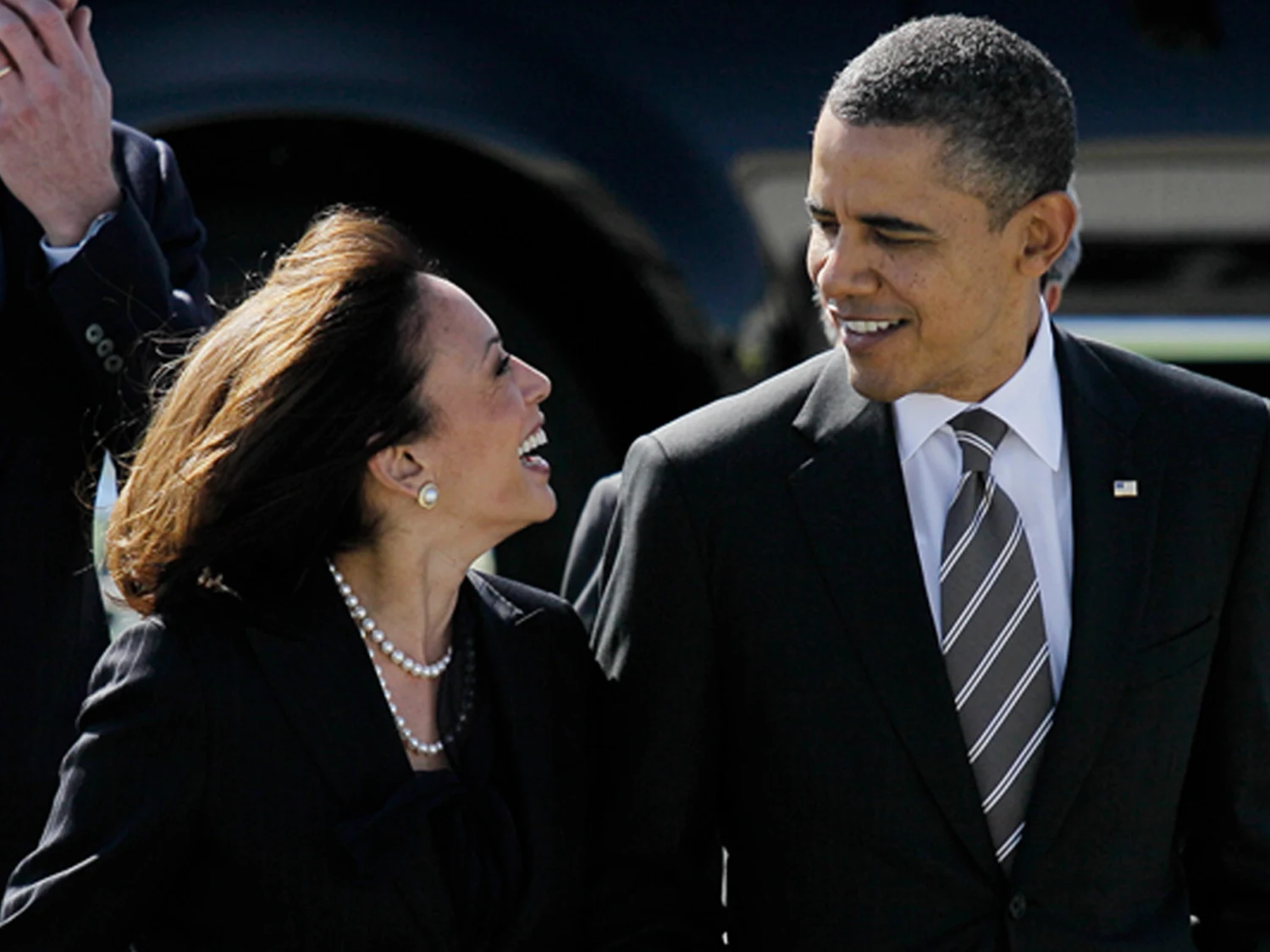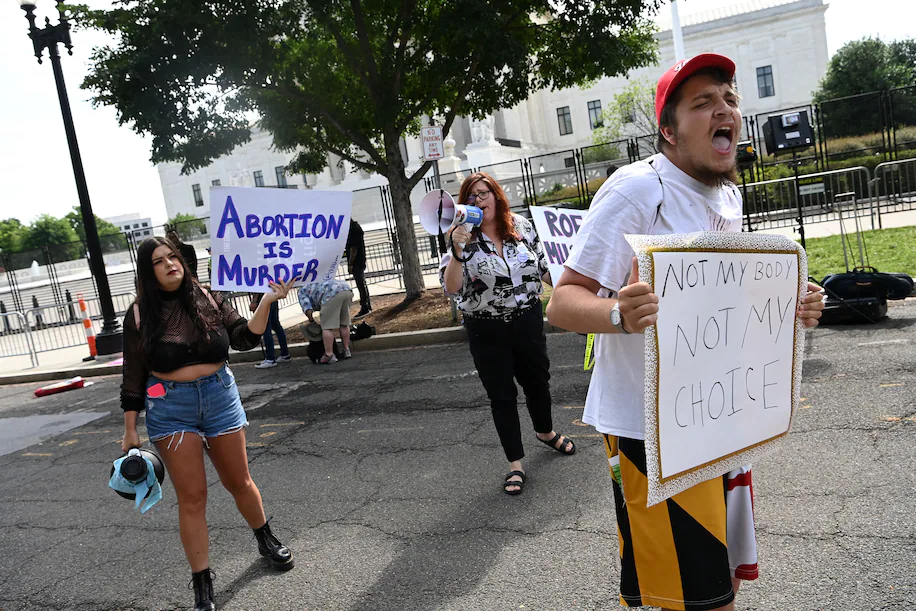A major property tax relief bill in Wyoming has undergone significant changes as it moves through the legislative process. Initially proposed as a blanket 50% reduction in property taxes, the bill now offers a 50% cut based on a property’s assessed value from the COVID-era years of 2019 to 2024.
Senate File 69 (SF 69), which is among the most prominent pieces of property tax legislation being discussed in the 2025 session, was amended during its second reading in the state House on Thursday.
Under the revised bill, the 50% property tax cut applies to homes with an assessed value up to $2 million. The reduction will be based on the growth in assessed value from 2019 to 2024. For example, if the property taxes on a home grew from $3,000 to $4,000 over the five-year period, the homeowner would receive a $500 reduction that remains permanent. The bill also introduces a 4% cap on year-to-year property tax increases, which was previously established in the 2024 session, providing more predictability for homeowners.
The main change to the bill came from an amendment proposed by Rep. Ken Clouston, R-Gillette. The amendment, which passed with strong support in the House, aimed to strike a balance between providing relief to taxpayers and avoiding severe financial burdens on local governments and schools. Rep. Tom Kelly, R-Sheridan, praised the amendment, calling it an “elegant solution” that would allow taxpayers to keep more of their money without drastically impacting counties that had not seen substantial tax revenue increases.
The revised version of SF 69 reduces the fiscal impact on local governments, particularly in counties with modest increases in property tax revenue. For instance, Sweetwater County’s tax impact would drop from $1.9 million annually to $700,000, while Niobrara County’s would fall from $97,000 to $25,000. The change is expected to prevent the sharp revenue losses that counties with smaller property value increases would otherwise face under the original proposal.
However, Rep. John Bear, R-Gillette, voiced concerns about the amendment, stating that the bill now resembles a property tax “claw back” proposal that his group had opposed in prior years. Despite this, Clouston emphasized that the amendment provides a fair and equitable solution by considering actual property tax increases from 2020 to 2024.
While the bill has made significant strides in the House, questions remain about its implementation. Some lawmakers, such as Rep. Steve Harshman, R-Casper, have raised concerns about whether the tax cut is equitable across different property values. Under the new provisions, higher-value homes will receive larger dollar-value tax cuts than lower-value homes, potentially creating disparities.
Another point of contention involved the decision to remove backfill funding for local governments, which was proposed earlier by Rep. Tony Locke, R-Casper. Locke’s amendment aimed to provide $100 million in backfill funds to help local governments offset revenue losses. However, Clouston’s amendment eliminated this provision, leading to further debate on whether local governments would be adequately supported.
SF 69 still requires a third reading in the House before moving to the Senate for approval. If both chambers pass different versions of the bill, a conference committee will need to reconcile the differences before it can be sent to Governor Mark Gordon for final approval.
In its current form, the bill seeks to provide long-term property tax relief while maintaining fiscal stability for local governments. The new provisions make the tax cut permanent, with a starting date set for 2026. As the bill continues through the legislative process, lawmakers will need to carefully weigh the potential impact on taxpayers, local governments, and the broader state economy.
With input from Cowboy State Daily and KGAB AM 650.









The latest news in your social feeds
Subscribe to our social media platforms to stay tuned